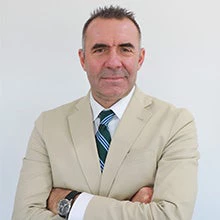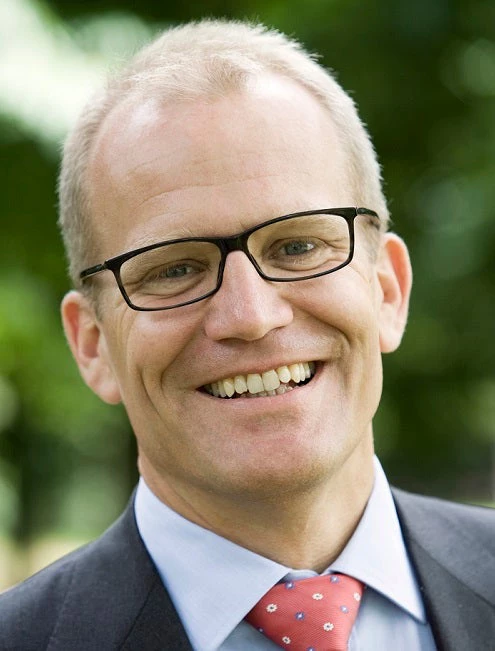
Four years have passed since the launch of the 2030 Agenda and its 17 Sustainable Development Goals. Mobilizing the necessary resources remains central to its success. Investments in human, social, and physical capital are at the core of sustainable and inclusive growth – and represent an important share of national budgets.
At the World Bank Group we have been at the forefront of the so-called Financing for Development (FfD) agenda to leverage public, private, international, and domestic sources of capital to help reach the global goals. A short primer on our efforts--which builds on the 2015 Development Committee paper Billions to Trillions - Transforming Development Finance--can be found in the brochure entitled Financing for Development at the World Bank Group.
Ultimately, countries own the responsibility for achieving the SDGs: raising more domestic revenue (and doing so more efficiently), addressing spending inefficiencies, and mobilizing private capital (as the world economy is facing potentially slower growth and political friction). These will not be easy challenges.
There is another source of public funding which is often overlooked in the FfD context, but which may hold much promise if better understood by policy makers. While many countries around the world scramble to find new revenue streams, most governments are actually sitting on a virtual ‘gold mine’ - the public wealth which they don’t even know they own. The IMF Fiscal Monitor on Public Wealth estimates public assets are worth at least twice gross domestic product. Nevertheless, most governments largely ignore these assets, and the value that could be generated from them. In fact, estimates indicate that professional management of public assets could, generate annually more revenues than developed economies receive in corporate tax collections, and multiply the amount of funding available for infrastructure investments, as well as pay for the SDGs.
Take the case of Singapore. In the late 1960’s when Singapore achieved independence it was hard to consider it a viable economy. The small island state was the size of the City of Lagos in Nigeria but with only a fraction of its population. Against all odds, it has thrived. Among many other things, it decided to unlock its public wealth by clearly separating economic policy making and the management of public assets. The government incorporated portfolios of assets inside public wealth funds, delegating the responsibility of public commercial assets to professional managers inside holding companies that used appropriate governance tools borrowed from the private sector. Temasek and GIC, the two holding companies, have helped fund the economic development of the city-state, while HDB, its fund for housing, has provided almost 80 percent of citizens with public housing.
Most governments own airports, harbours, metro systems, utilities and prime real estate. Boston’s financial statements indicate the City has a negative net worth. Thus, if Boston was a private entity it would be bankrupt -- because it underestimates the true value of its assets. An indicative value of the real estate portfolio alone would show that these assets are worth almost 40 times their book value, because they are reported at their historic cost. In other words, the city is operating without maximizing the value of its hidden wealth.
As a rule of thumb, the value of public real estate alone is often equivalent to the GDP of the jurisdiction in question and representing of a quarter of the value of the total real estate market. When governments do not explicitly estimate the real value of these assets then they are often under-utilized, and they lose the potential benefits of developing and managing these assets more astutely. A reasonable assumption is that a city could earn a 3 percent yield on its commercial assets if it had more professional and politically independent management. This would yield revenue many times greater than Boston’s current capital plan.
Several other governments have survived periods of financial distress by understanding the benefits to be gained from managing public assets more professionally in an independent public wealth fund, at arms-length from short-term political influence, with a clear objective to maximize value and a transparency as if a listed company. This is the start of unlocking public wealth to strengthen public finances.
The momentum to undertake these steps is usually sparked by a crisis, or an acute awareness of limited resources such as when Hong Kong and its Mass Transit Railiway managed to build a subway and railway system the size of New York City without using one single tax dollar, by developing the real estate adjacent to its stations. Or, when The Copenhagen Public Wealth Fund in the time of an economic slump and unprecedented unemployment, decided to turn its old harbour and a military garrison into what is now some of the most desirable parts of the city—all without using taxes. Instead, the project returned funds that paid for the extension of the subway.
At the World Bank we are discussing with a number of countries such as Jordan, Egypt, Pakistan and Argentina regarding improving fiscal sustainability and increasing fiscal space by mobilizing revenues and strengthening their balance sheets through professional management of public assets. There are many more countries that could potentially benefit from this tool in order to fund the SDGs. Indeed, the World Bank Group could offer more support on asset management to clients through ongoing public financial management (PFM) reform programs. Unfortunately, asset management and related functions had in some ways been the ‘orphan child’ of PFM reform. More recently, however, the World Bank is starting to build significant asset management support into its PFM programs and projects.
Adding an independent and home-grown source of funding, can strengthen fiscal sustainability and credit worthiness, and unlocking public wealth in the context of the FfD Agenda could help support the achievement of the SDGs. It’s time to include this important subset of funding into country SDGs costing strategies and integrated financing frameworks.



Join the Conversation